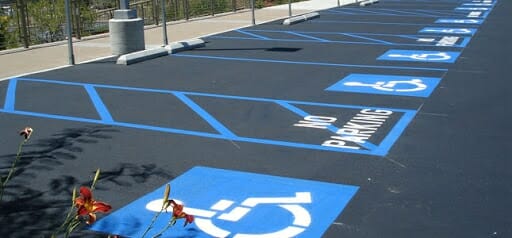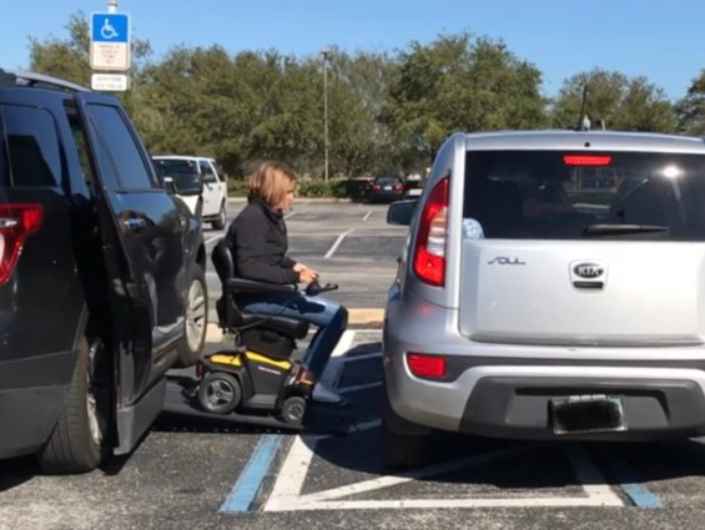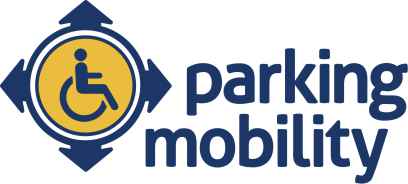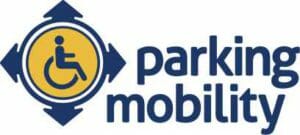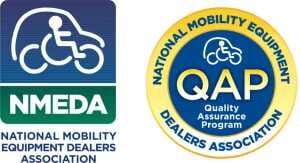
INTRODUCTION
Accessible vehicles like wheelchair vans have revolutionized mobility for individuals with disabilities. By providing wheelchair users with more freedom and independence, these vehicles have become integral in their daily life. The most popular configurations are the side-entry and rear-entry vans. But which one is the right choice for you or your loved ones? To make an informed decision, let’s explore the pros and cons of each type.
Side-Entry Wheelchair Vans
PROS:
1. Driver Accessibility: A unique advantage of side-entry vans is the potential for wheelchair users to drive the vehicle themselves. The direct pathway from the side door to the driver’s seat fosters higher independence.
2. Seating Flexibility: Side-entry vans offer greater seating flexibility, with the wheelchair user being able to sit in the front, middle, or rear of the vehicle. This versatility is an advantage if the user wishes to occupy the front passenger seat or even the driver’s seat.
3. Independence: Side-entry wheelchair vans generally have power ramp systems. However, there are some models that are manually operated. In a power system, many wheelchair users can travel by themselves, without a companion or caregiver. The ramp is easily operated and users have the ability to either drive from their wheelchair or transfer from their wheelchair into the driver’s seat to drive.
CONS:
1. Narrow Interior: The positioning of wheel-wells in side-entry vans can make the interior narrower than in rear-entry models, restricting interior maneuverability, particularly for larger power wheelchairs or scooters.
2. Higher Cost: Side-entry wheelchair van conversions often come with a higher price tag than rear-entry conversions, which could be a consideration for those with budget constraints. The conversion process is much more involved.
3. Parking Challenges: Despite popular belief, side-entry vans can pose challenges in parking lots due to the extra space needed for the ramp to deploy on the side. Other drivers often park too close or on the parking buffer (stripes), blocking access to the ramp. For this reason, it may make it more difficult to park in common spaces without totally blocking off adjacent ones to ensure access.
Rear-Entry Wheelchair Vans
PROS:
1. Spacious Interior: Rear-entry vans generally offer a more spacious interior, affording more room. This is especially helpful for individuals who use larger power wheelchairs, multiple wheelchairs or travel with service animals.
2. Cost-Effective: The cost of rear-entry conversions is often lower than that of side-entry conversions, making them a more budget-friendly choice. Conversions are generally manually operated, keeping electronic components to a minimum.
3. Parking: Since a rear-entry wheelchair van’s ramp deploys from the rear, parking in a traditional parking space is easier. This eliminates the worry of another driver parking too close to either side of the vehicle and blocking access to the ramp.
CONS:
1. Limited Driver Access: Rear-entry wheelchair vans restrict the user to the middle or rear of the vehicle. It’s not common for users to be able to transfer into the driver’s seat, which limits their ability to drive the vehicle themselves.
2. Companion or Caregiver Required: For a wheelchair user to use a rear-entry wheelchair van, they must have a companion or caregiver present at all times. This is needed because the ramp is manually operated, and access to the front seating area is not accessible for independent driving.
3. Limited Seating Options: Rear-entry vans may offer fewer seating options for wheelchair users. The front seating area is not accessible to the wheelchair user. They are restricted to the center & rear of the vehicle.
4. Parking Considerations: Rear-entry vans require adequate space behind the vehicle for the ramp to extend fully. This could pose a challenge in parking situations where space behind the vehicle is limited, such as in tightly-packed parking lots or street parking.
How Side-Entry & Rear-Entry Wheelchair Conversions Work
CONCLUSION
When choosing between a side-entry and a rear-entry wheelchair van, the key is to consider the specific needs and preferences of the wheelchair user. Both configurations offer valuable features, and potential challenges should be considered. The user’s physical capabilities, seating preferences, desire to drive, parking availability, and budget should all factor into the decision-making process. Always consult with mobility specialists or conversion companies to ensure that your final choice fits your lifestyle and mobility requirements.

Richard W. Maxwell, MBA
Richard Maxwell, is a seasoned automotive marketing executive with over two decades of experience. Starting in 1999 with his advertising agency, Maxx Design & Marketing, he has consistently delivered innovative marketing solutions. After earning his MBA, Richard shifted focus to adaptive technology, serving as Marketing Manager for Superior Van & Mobility. Today, he leverages his expertise to promote and educate others about adaptive equipment in transportation and drive change in accessible mobility.

